
Nov 3, 2018
Published first on ScienceDaily.com
About 6 million Australians aged 18 years and over have high blood pressure. Of these, more than two thirds had uncontrolled or unmanaged high blood pressure (not taking medication), representing 4 million adult Australians.
High blood pressure, or hypertension, is suggested to be one of the leading risk factors for heart disease.
The process in which high blood pressure causes heart disease is not completely understood.
But now scientists at the Baker Heart and Diabetes Institute have found that high blood pressure caused by specific signalling from the brain promotes heart disease by altering stem cells with the bone marrow.
The results, published in Haematologica demonstrate how an overactive sympathetic nervous system that causes elevated blood pressure can instruct bone marrow stem cells to produce more white blood cells that clog up blood vessels.
The Baker Institute’s Head of Haematopoiesis and Leukocyte Biology, Associate Professor Andrew Murphy says the findings represent a new era of heart disease research.
“Hypertension is a major, independent risk factor of atherosclerotic cardiovascular disease, but we need more information to determine how it is resulting in heart attacks and strokes,” said Associate Professor Murphy.
Atherosclerotic cardiovascular disease is a build-up of cholesterol plaque in the walls of arteries, causing obstruction of blood flow.
“We now know that significance changes in the immune system contributes significantly to heart disease,” he said. “We aimed to determine how the sympathetic nervous system through the brain directly promotes atherosclerosis in the setting of hypertension.”
“We have discovered that this form of high blood pressure, often associated with stress, causes changes within the bone marrow leading to increased white blood cells circulating though our vessels. This is significant as the general view of hypertension is that it is mainly a disease of the blood vessels, which means other heart damaging events are missed.”
The team is now exploring the specific molecules involved, which may shed light as to why some current therapies are ineffective. They also suggest that managing stress, anxiety and pain are likely to help in controlling this form of hypertension and the effects it has on the body’s bone marrow stem cells.
Story Source: Baker Heart and Diabetes Institute. “Dangerous blood pressure caused by specific signalling in the brain.” ScienceDaily. ScienceDaily, 1 November 2018. <www.sciencedaily.com/releases/2018/11/181101085147.htm>.
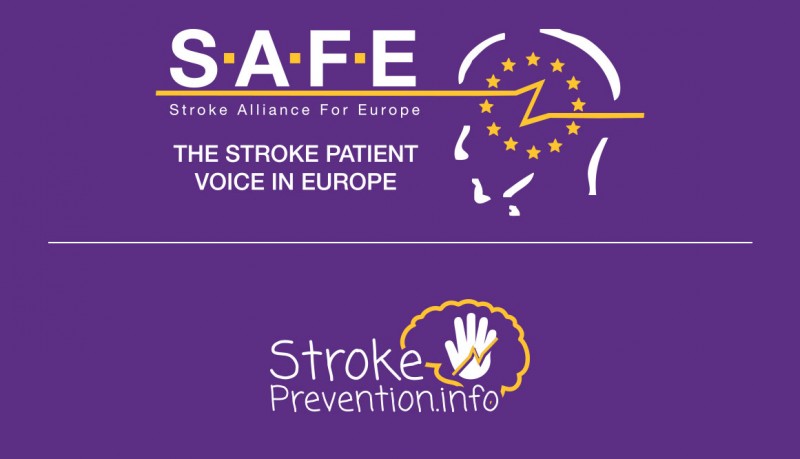
Nov 1, 2018
Stroke is No. 1 cause of mortality in women in most countries. Some people say it’s because of statistics- we live longer than men. Does this mean that nothing can be done about it?
Jelena Misita, SAFE Awareness and Advocacy Manager had an interview with Valeria Caso, MD, PhD, FESO. Valeria Caso is a stroke neurologist at the University of Perugia Stroke Unit and she is a past ESO President.
Please click on the banner below to access the podcast.

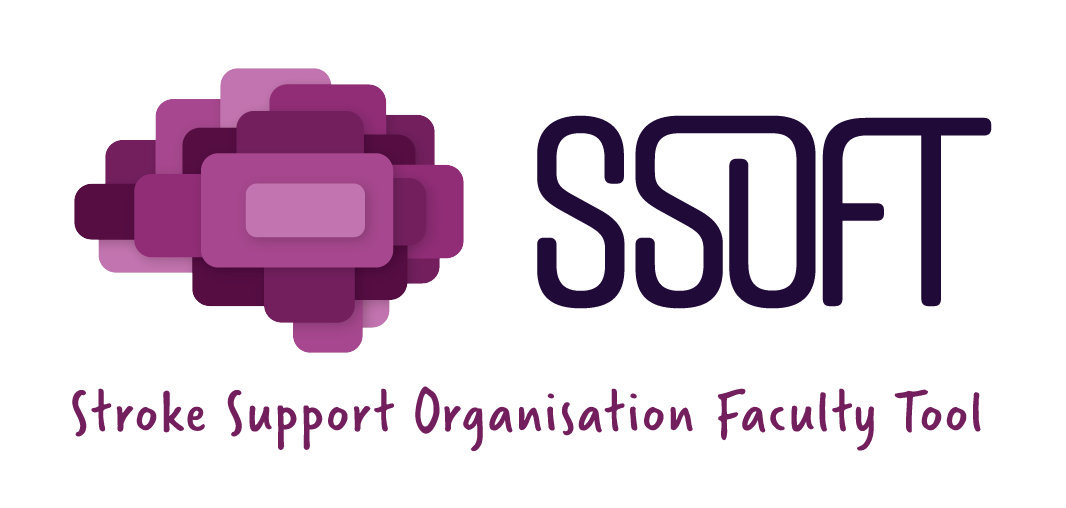
Nov 1, 2018
Brussels, 1st November 2018 – The eLearning Module 5 of the Stroke Support Organisation Faculty Tool (SSOFT) is published today at the following address www.ssoft.info.
SSOFT’s fifth module focuses on health and care systems and how to influence key decision makers within them to make positive changes around stroke prevention, care and treatment. The module is broken down in to seven bite-size sections, which covers:
5.1 – Health & care systems
5.2 – Influencing health & care systems
5.3 – How decisions are made and who makes those decisions
5.4 – The impact of guidelines within the health & care systems
5.5 – Identifying existing evidence
5.6 – Using case studies and data
5.7 – Life after stroke
In Module 5, using a combination of theory and practice, SSOFT demonstrates how to gain an understanding of existing health and care systems, allowing the identification of where key decisions are happening and who is making them. Through a better understanding of these systems Stroke Support Organisations (SSOs) can work with the key decision makers to advocate for improved stroke care, treatment and long term support. This can be achieved by using existing evidence and data, as well as the voices of stroke survivors.
SSOs have been at the heart of the development of this tool. For newer or smaller organisations, the information in the tool will provide knowledge that will help them to build and grow. For larger organisations, SSOFT will enable them to support their communities and other stroke professionals across Europe as they grow their communities and add more voices to their movement/arguments for change.
This tool is also for anyone who is interested in knowing more about what an SSO is, how to start and develop one and how to make it sustainable.
For those interested in using this innovative eLearning platform we would encourage them to visit the SSOFT website www.ssoft.info
About SSOFT
SSOFT is an innovative online eLearning advocacy tool being developed by Stroke Alliance for Europe (SAFE), in partnership with the European Stroke Organisation (ESO).
This online learning platform provides knowledge and training on how the creation of effective advocacy activities and campaigns to deliver positive change at a local and national level on stroke prevention, treatment and care. The eLearning platform will include six modules that provide information on:
Module 1: Stroke Support Organisations (SSOs)
Module 2: Making Change Happen
Module 3: Use of Evidence
Module 4: Role of Patient Voice
Module 5: Health & Care System Advocacy
Module 6: Public Advocacy
The modules and learning environment is accessible via the SSOFT website through a simple registration process. Visitors to the website can also learn more about SSOFT, SAFE and ESO, find their nearest SAFE Stroke Support Organisation (SSO) as well as hear from SAFE members about their experiences.
For more information, please send an email ssoft@safestroke.eu or visit www.ssoft.info
Acknowledgments
SAFE would like to take this opportunity to thank and acknowledge the contributions made by those who have helped in the development of SSOFT and module 5.
- Stroke Alliance for Europe Board, who have been involved at every stage of development of this module.
- The Peer Reviewers for module 5:
- Stiftung Deutsche Schlaganfall-Hilfe (Dr Markus Wagner)
- Hellenic Alliance/Action for Stroke Support Organization (Dr Hariklia Proios)
- Australian Stroke Association (Ms Sharon McGowan)
- Experience, Participation and Equalities, NHS England (Dr Neil Churchill)
- Our members who have shared their experiences and knowledge in the video interviews used within the module:
- Francesca Romana Pezzella – ALICe, Italy
- Markus Wagner – Stiftung Deutsche Schlaganfall-Hilfe, Germany
- Jon Barrick – Stroke Alliance for Europe (SAFE)
- Monique Lindhout – Hersenletsel, Netherlands
- Adam Siger – Fundacja Udaru Mózgu, Poland
- Hrvoje Jurlina – HDPMU Croatian Stroke Society, Croatia
- Our member and partner organisations who have collaborated in the development of the module content:
- World Stroke Organization
- European Stroke Organisation.
- And all those who participated in the User Acceptance Testing of module 5.
We would also like to thank the project sponsor Bayer Healthcare who have supported this project through an education grant.
About SAFE
The Stroke Alliance for Europe (SAFE) a non-profit-making organisation formed in 2004. It is the voice of stroke patients in Europe, representing a range of patient groups from 30 European countries.
SAFE’s goal is to decrease the number of strokes in Europe by advocating for better prevention, access to adequate treatment, post-stroke care and rehabilitation.
For more information about SAFE, please visit www.safestroke.eu
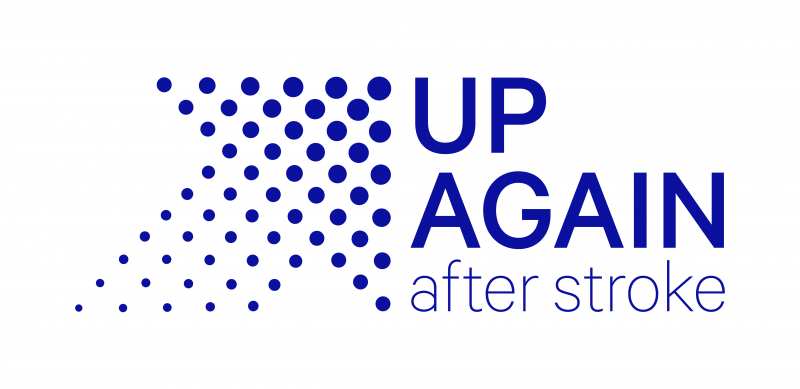
Oct 29, 2018
This article was provided by World Stroke Organisation
Today on World Stroke Day, October 29th the World Stroke Organization, is calling for urgent action and investment to address the growing burden of stroke and circulatory diseases globally.
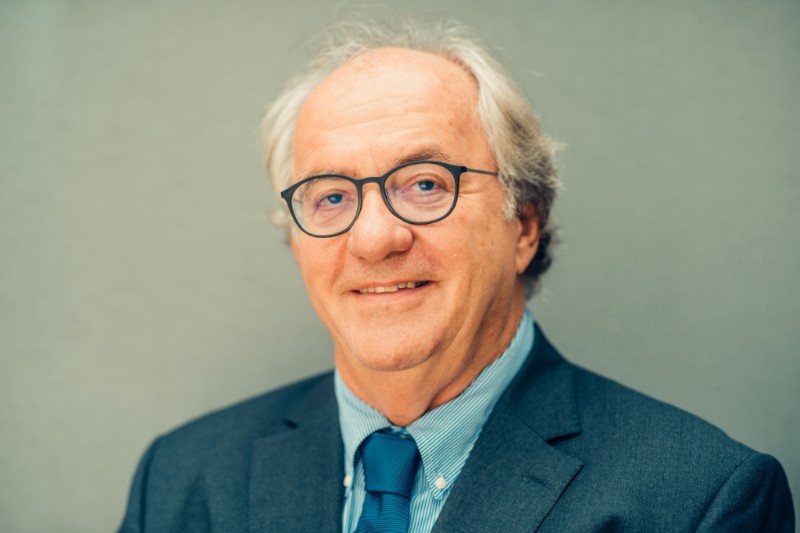
Prof Michail Brainin
Photo credit WSO
Highlighting the disappointing outcome of the recent UN High Level Meeting on Non-Communicable Diseases (NCDs) the WSO President, Prof Michael Brainin said, ‘We know that we 80% of strokes could be prevented by addressing a small number of risk factors, including hypertension, diet, smoking and lack of exercise. We also know that action on prevention would also contribute to a massive scale reduction in heart disease, cancer and diabetes.’
‘The impact of stroke on individuals, families and society as a whole is devastating. Stroke survivors can face significant impairment of movement, speech, cognition alongside debilitating psychological, social and financial problems.
‘With this knowledge, the current lack of political will and investment is cannot be easily comprehended, especially when you consider the cost of such inaction. While 5.5 million people die as a result of stroke each year, there are 80m stroke survivors in the world, many of whom live with some form of disability or impairment. While the costs to individuals is incalculable, the cost to society is astronomical.’
A recent policy document ‘Driving Sustainable Action for Circulatory Health’ published by the WSO and its partners in the Global Coalition for Circulatory Health, has calculated the global cost of circulatory diseases, including stroke, at US$957 Billion in 2015. On current projections this figure is set to rise to US$1044 Billion by 2030. The white paper sets out four key areas for action that, if enacted, would ensure delivery of global goals on disease reduction which are driving the rise in direct and indirect costs of NCDs. These include legislative interventions that:
1. Deliver policies and programmes to address tobacco, alcohol and unhealthy foods, promote clean air and deliver a built environment that fosters safe physical activity.
2. Ensure access to affordable, quality-assured essential medicines, delivered by adequately trained staff, including access to multi-therapy treatments.
3. Mobilise sufficient resources to combat non-communicable diseases including stroke. The taxation of unhealthy products such as alcohol, tobacco, unhealthy foods and non-alcoholic beverages (such as sugar-sweetened beverages) would generate revenues that could be directed to further prevention and control of circulatory diseases at global and national levels.
4. Put in place reliable, simple, and fit-for- purpose surveillance systems for monitoring the burden of stroke and the prevalence of NCD risk factors and treatment of stroke at national and global levels.
Prof Brainin concluded ‘At the recent UN High Level Meeting on NCDs in New York, governments delivered a weak response to a global crisis and agreed to wait 7 years before reviewing progress. In that time another 38.5 million people will die of stroke. We can’t wait until 2025 to calculate our losses, we need strong leadership and bold action to save lives now.’

Oct 29, 2018
Today is World Stroke Day, October 29th. Though stroke may feel isolating, there are millions of survivors in the world. Stroke recovery is a community effort, and there needs to be a more clearly defined pathway from prevention to rehabilitation.
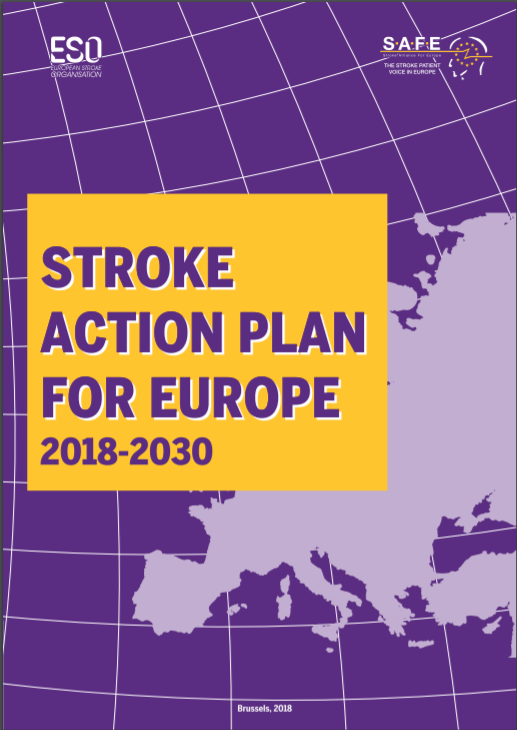 Taking that into account, SAFE is proud to announce the publishing of the Stroke Action Plan for Europe 2018-2030. This document is a result of collaborative work between SAFE and European Stroke Organisation (ESO), being an intersection and a point of confluence for large experiences coming from SAFE’s members, stroke survivors and patient advocates from one side and medical experts, specialised in stroke and stroke related research.
Taking that into account, SAFE is proud to announce the publishing of the Stroke Action Plan for Europe 2018-2030. This document is a result of collaborative work between SAFE and European Stroke Organisation (ESO), being an intersection and a point of confluence for large experiences coming from SAFE’s members, stroke survivors and patient advocates from one side and medical experts, specialised in stroke and stroke related research.
“With this great collaboration we are trying to make sure more attention is paid to the whole stroke care pathway. Fatigue, long-term pain, finance, work or unemployment, relationships, aphasia- these things are usually not in front of mind for many medics or politicians and healthcare decision makers. Therefore, the addition of Life After Stroke domain as one of the Stroke Action Plan’s priorities is an important step forward. SAFE is working with ESO to ensure that we jointly engage with politicians and decision makers until the whole action plan is being implemented” said Jon Barrick, SAFE President.
This year, around 610,000 people in the European Union will have a stroke, and, although the figures are patchy, at least 170,000 people in non-EU European countries will have one. That is more than one stroke a minute. Their stroke could be devastating – leading to death or life-long disability, shattering their lives and those of their loved ones. Those who survive their stroke will join the millions of stroke survivors across Europe who live with the health, social and financial impacts.
“Long term commitment and attention to the needs and rights of stroke survivors and their caregivers will contribute to better health and wellbeing, outcomes, increase independence and reduce demand on healthcare, social and welfare systems” concluded Barrick.
The popular version of the Stroke Action Plan for Europe 2018-2030 can now be downloaded from HERE.
The scientific version of this document is also available starting from today and can be downloaded from the following LINK.








 Taking that into account, SAFE is proud to announce the publishing of the Stroke Action Plan for Europe 2018-2030. This document is a result of collaborative work between SAFE and European Stroke Organisation (ESO), being an intersection and a point of confluence for large experiences coming from SAFE’s members, stroke survivors and patient advocates from one side and medical experts, specialised in stroke and stroke related research.
Taking that into account, SAFE is proud to announce the publishing of the Stroke Action Plan for Europe 2018-2030. This document is a result of collaborative work between SAFE and European Stroke Organisation (ESO), being an intersection and a point of confluence for large experiences coming from SAFE’s members, stroke survivors and patient advocates from one side and medical experts, specialised in stroke and stroke related research.


